When it comes to the subject of topsoil versus compost, it isn’t so much a competition as it is a matter of when and where their respective uses lie.
In a bubble, you wouldn’t choose either topsoil or compost in a brain-busting decision over gardening.
Neither one is better than the other because their uses are different. It would be like asking who is better at the quarterback position in football, a wide receiver or a running back? The choice boils down to what you’re trying to accomplish, landscaping or gardening.
Topsoil is primarily gathered from the detritus of construction leveling and grading.
As the bulldozers roll through, scraping several feet of topsoil up and leveling the landscape, you’re seeing the deposits of what may ultimately end up in a gardening aisle.
Compost is made up of materials that have decomposed into organic matter, rich with nutrients and materials from which plants derive sustenance.
It improves the soil around it without the caveat of hidden weeds and other, undesirable plant life.
What Is Topsoil Used For?
Topsoil is by no means lacking in nutrients. In fact, it’s generally nutrient-rich as it comes from the uppermost layer of the earth’s bedrock, where most plant life grows. Its primary uses fall into the category of landscaping, leveling, and grading.
When it comes to gardening, you’ll want to go through the prospective gardening spot and scrape off the bad layers, the sand, clay, and weed-ridden soil that lacking in quality, and bring in the topsoil afterward.
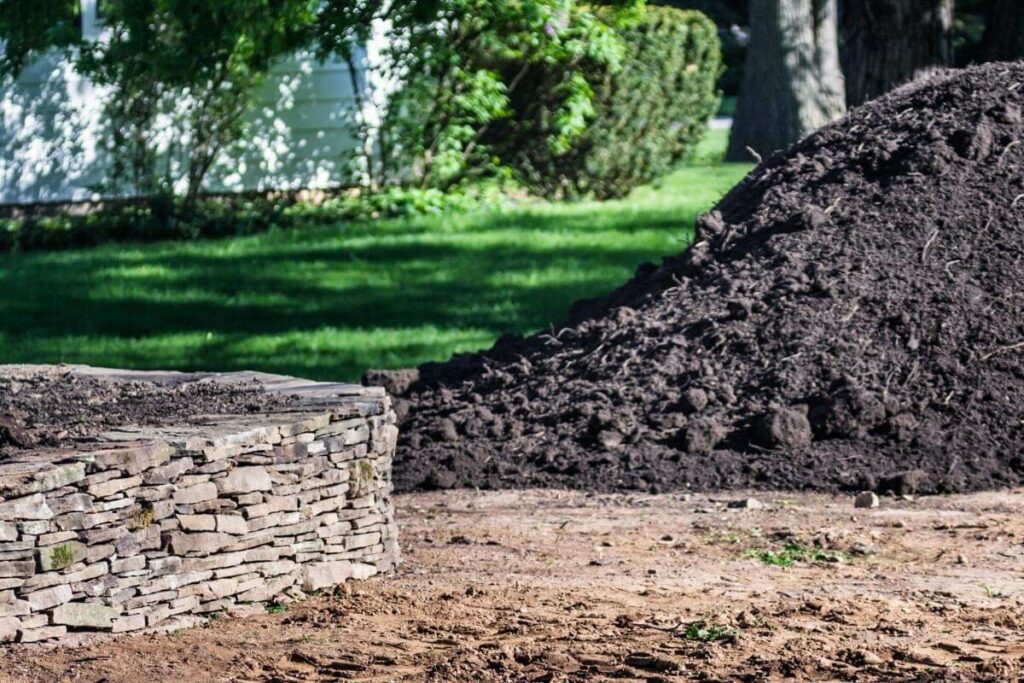
You want to use bags of topsoil to replace the garbage earth you removed and raise the level back up before grading it off.
Preparation Stage: You’ll be left with a good starting point for your garden. It won’t be everything it needs, not yet, but it’s the good start that you’re looking for.
What Is Compost Used For?
Compost is primarily used to improve the quality of the soil that it’s combined with. Compost is rich in nutrients, a neutral pH level, helps control disease, retains water well, and controls drainage.
Now that you have a good layer of leveled topsoil, now you can come in with your compost.

The best way is to till the topsoil or rake it. Layer on the compost and rake it in until it is effectively mixed.
The compost will strengthen the viability and nutrients of the topsoil and help it retain an adequate level of water without draining too fast.
In other words, it’s the perfect atmosphere for healthy plant growth.
What Are the Drawbacks of Topsoil and Compost?
The drawbacks are that neither one alone is as effective as they could be combined. Compost lacks the appropriate density for strong root growth and anchor while topsoil isn’t federally regulated, has no standard, and often carries over weed seeds.
Disadvantages of Topsoil
- Susceptible to too much water retention
- Carries seeds from weeds
- Compacts too easily
- Lacks the complete nutrition necessary for good plant growth
- Erodes too easily
Topsoil is worrisome from the standpoint that there is a high likelihood that there are weed seeds within.
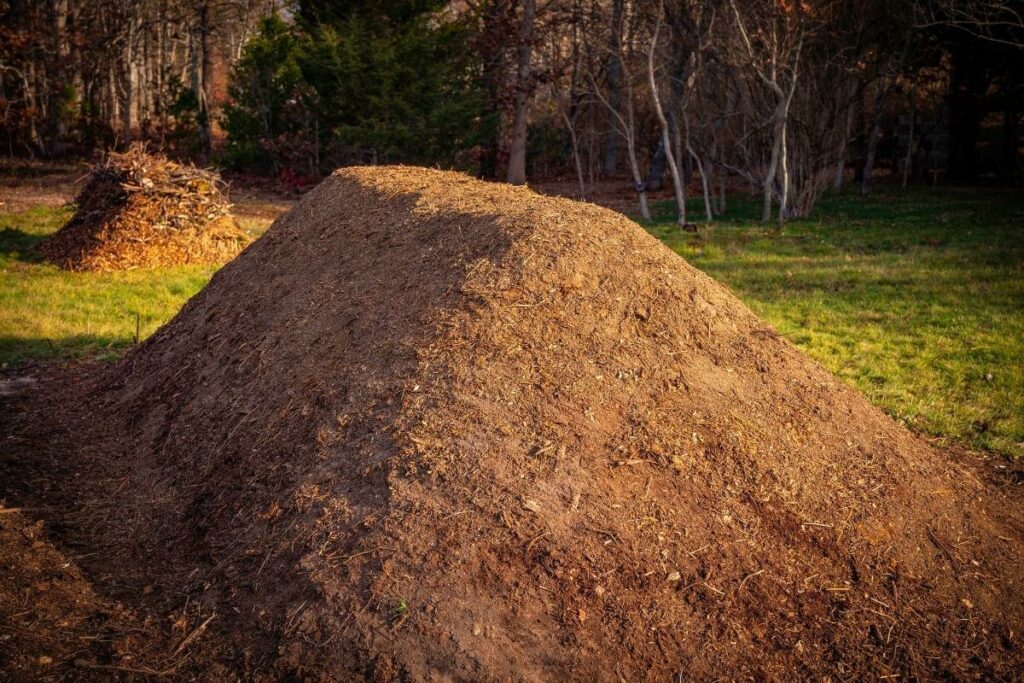
Whether you use compost or not, the weeds are likely to take root and will have to be dealt with and controlled for a garden to flourish.
Topsoil isn’t a very good choice for water retention either.
For one, heavy rains will waterlog it, erode it, and compact it. It holds too much water and, in many cases, can’t hold enough when it’s needed.
While there is good nutritional value to be found in topsoil, it’s often not enough for the growing needs of a standard garden.
Disadvantages of Compost
- Has an unattractive smell
- Alone, it makes for an ugly garden
- Attracts things better left to the wild
- Requires a larger upfront investment
- Neighbors may not like you
Compost stinks. That may not be attractive to you, but it’s a guaranteed attractant for bugs, snakes, rodents, and other undesirable vermin.
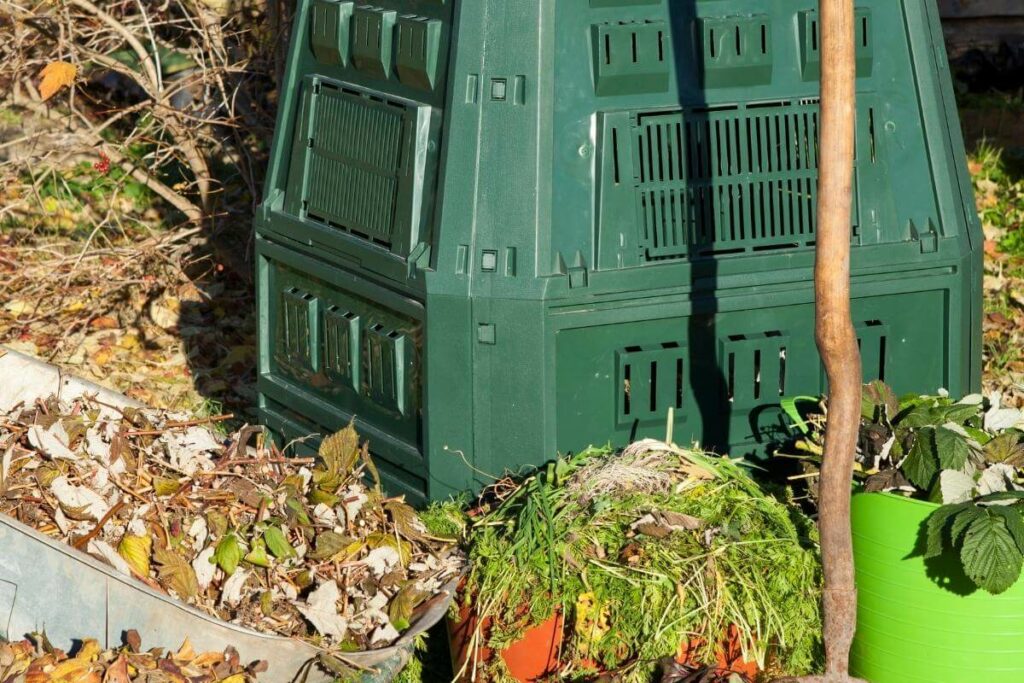
Also, unless it is mixed well and worked into the topsoil, it’s downright ugly to look at.
If you live in a tight neighborhood and decide to use a lot of compost, the smell is likely to bother your neighbors as well.
Decomposing organic matter is never friendly to the olfactory senses.
Compost requires time, heat, and movement to help it efficiently convert into a nutrient-rich, organic material.
Might Consider: You’ll have to purchase a tumbling composter and undergo a decent level of work to get a small amount to start with. Something like this.
How to Find a Good, Dependable Topsoil?
As covered above, topsoil has no regulations imposed on it and comes with no real guarantees that it’s of sufficient quality for gardening purposes. Sure, it may have a great big label with a lot of exclamation points but, it boils down to your own ability to check it for quality.
You’ll want to run your hands through it, checking for excess sand, twigs, and rocks.
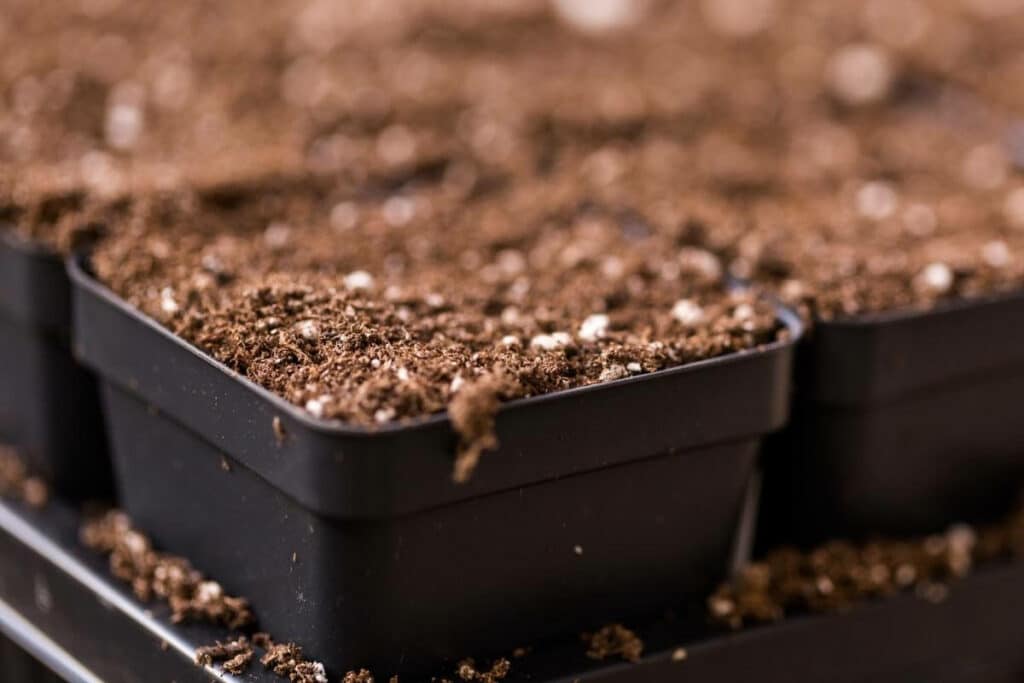
If there’s too much of any, you know you’re not getting some quality topsoil.
A good bag of topsoil will have just that, topsoil, without the extra rocks, twigs, and sand to go with it.
Of course, there’s going to be some level of sand in a bag of topsoil. The point is that it’s not too much that it’s basically detrimental to the overall quality.
Sand isn’t nutrient-rich, compacts too easily, and is not very adept at soil retention. The less there is, the better.
How Do You Find Quality Compost?
The best way to find quality compost is to make it yourself. You control the ingredients, moisture levels, and heating process. Barring that, you need to look for something with controlled ingredients that haven’t been loaded down with pesticides and/or herbicides.
Like with the topsoil, you’ll want to run through it with a hands-on approach.
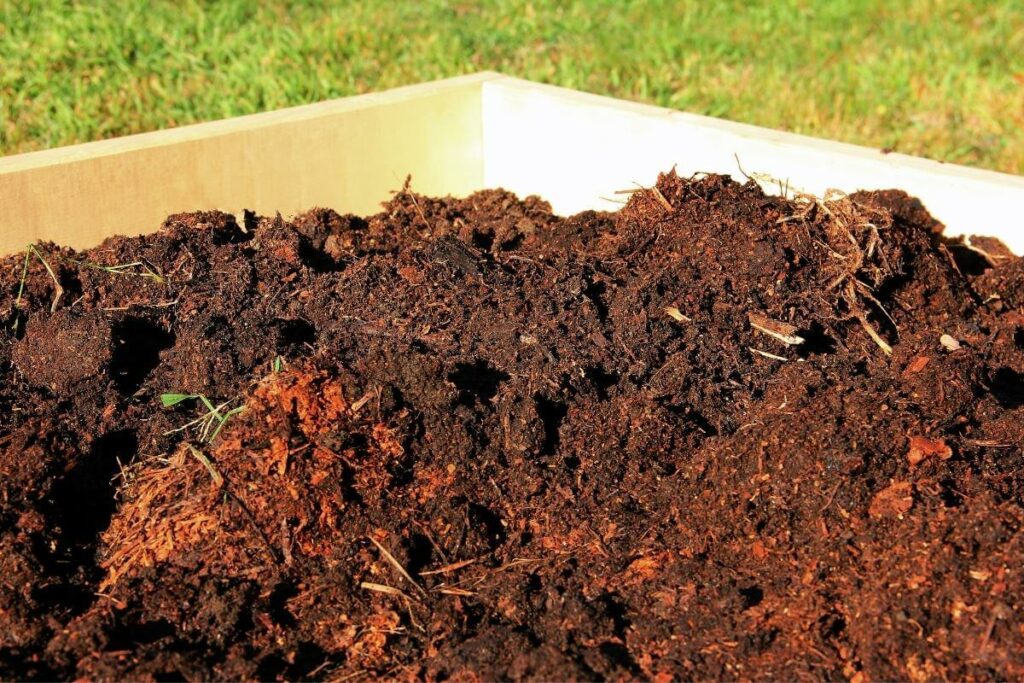
Superior compost will not have partially decomposed materials. You shouldn’t come across twigs, mulch, or trash.
Good compost will be broken down into tiny particles and feel moist without dripping.
If you’re looking at a large project, remember, you’ll be mixing the compost in with a good amount of topsoil, so you’ll want to purchase plenty of compost or make a lot of compost yourself.
There are plenty of compost calculators online that can help you determine what the appropriate amount of compost will be needed for the square footage of your lawn or gardening project.
If you’re looking at a fairly large garden project, be prepared to purchase a large quantity of compost.
For The Persistent: If you’re making your own compost, be prepared to put in a lot of hours checking temps and rotating the tumbler.
All Things Considered
Rather than observing it from the perspective of “which one is better, compost or topsoil,” look at it as a combination project.
What can compost do to enrich the topsoil? How much topsoil is needed to properly elevate this before we bring in the compost?
The two aren’t mutually exclusive and work best when combined for a superior result.
Compost will give your garden the nutritional value that it lacks, while topsoil will level it off, deliver nutrition of its own, and maintain an above-standard aesthetic so your garden looks nice.
Most importantly, you get the best of both worlds while not depriving your garden or landscape of needed resources. After all, a garden is only as good as what you put in it.
Related Articles
- The Ideal Compost Greens to Browns Ratio
- Composting Pasta: Do’s and Dont’s
- Can I Use Compost For Overseeding?